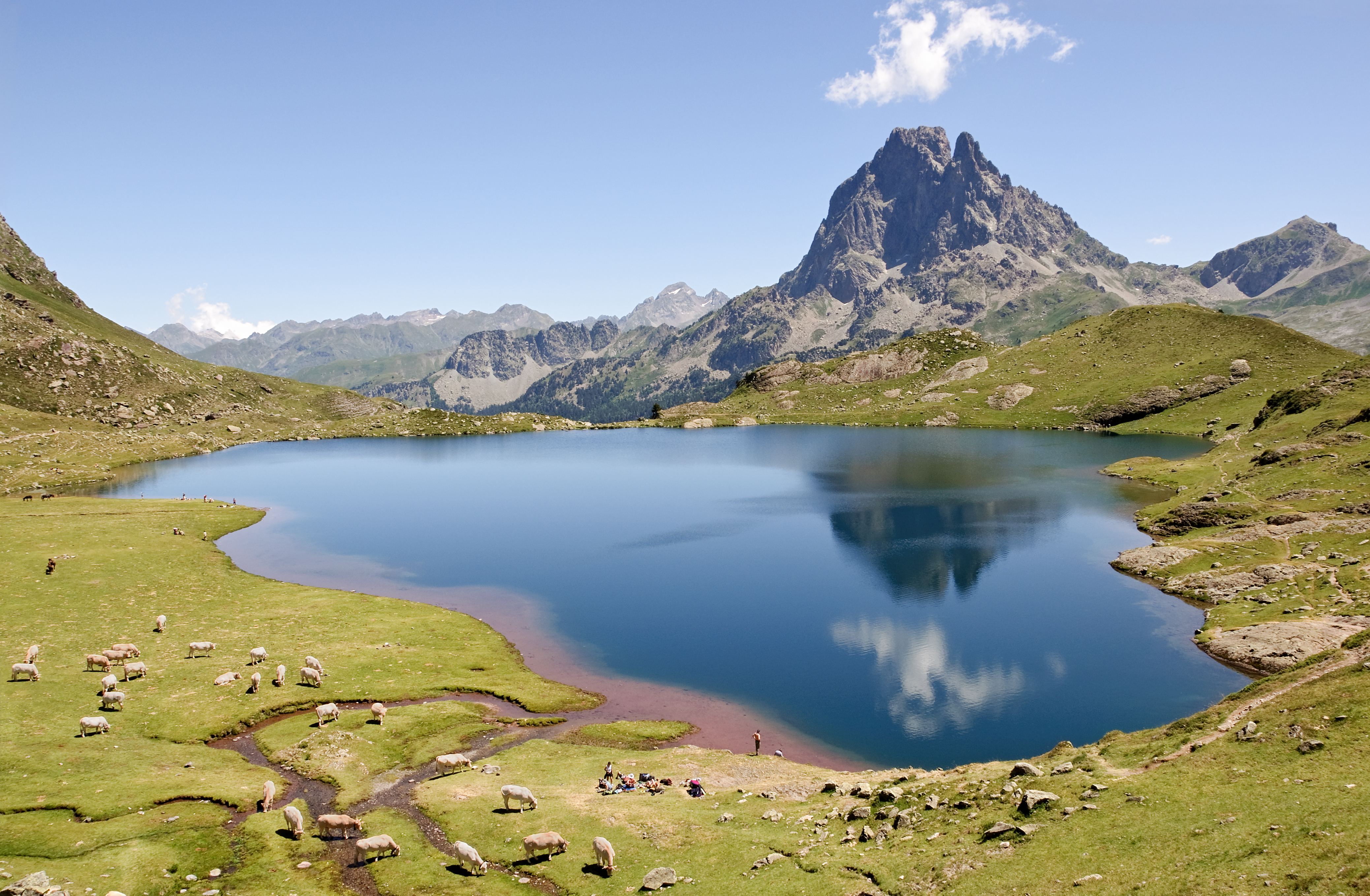|
Northeast Pond
Northeast Pond is a water body located along the border between Strafford County, New Hampshire, and York County, Maine, in the northeastern United States. The lake lies in the towns of Milton, New Hampshire, and Lebanon, Maine. It connects with Milton Pond to the south, whose outlet is the Salmon Falls River. Together with Town House Pond, a northwestern arm of Milton Pond, the water bodies form a single lake network known as Milton Three Ponds. The lake is classified as a cold- and warmwater fishery, with observed species including largemouth bass, smallmouth bass, chain pickerel, horned pout, white perch, yellow perch, and black crappie, and with rainbow and brown trout found in the deeper areas of the lakes. See also *List of lakes in Maine *List of lakes in New Hampshire This is a list of lakes and ponds in the U.S. state of New Hampshire. The New Hampshire Department of Environmental Services lists 944 lakes and impoundments in their ''Official List of Public Waters' ... [...More Info...] [...Related Items...] OR: [Wikipedia] [Google] [Baidu] |
Strafford County, New Hampshire
Strafford County is a county in the U.S. state of New Hampshire. As of the 2020 census, the population was 130,889. Its county seat is Dover. Strafford County was one of the five original counties identified for New Hampshire in 1769. It was named after William Wentworth, 2nd Earl of Strafford in the mistaken belief that he was the ancestor of governor John Wentworth – although they were distantly related, William had no descendants. The county was organized at Dover in 1771. In 1840, the size of the original county was reduced with the creation of Belknap County. Strafford County constitutes a portion of the Boston-Cambridge- Newton, MA-NH Metropolitan Statistical Area as well as of the greater Boston- Worcester- Providence, MA- RI-NH- CT Combined Statistical Area. It is estimated to be New Hampshire's county with the highest percentage growth over the 2010-2019 period. Geography Strafford County is in southeastern New Hampshire, separated from York County in the stat ... [...More Info...] [...Related Items...] OR: [Wikipedia] [Google] [Baidu] |
Horned Pout
The brown bullhead (''Ameiurus nebulosus'') is a fish of the family Ictaluridae that is widely distributed in North America. It is a species of bullhead catfish and is similar to the black bullhead (''Ameiurus melas'') and yellow bullhead (''Ameiurus natalis''). It was originally described as ''Pimelodus nebulosus'' by Charles Alexandre Lesueur in 1819, and is also referred to as ''Ictalurus nebulosus''. The brown bullhead is also widely known as the "mud pout", "horned pout", "hornpout", or simply "mud cat", a name also used with the other bullhead species. The brown bullhead is important as a clan symbol of the Ojibwe people. In their tradition, the bullhead or is one of six beings that came out of the sea to form the original clans. Appearance The brown bullhead grows to be approximately in length and is a darker brown-green dorsally, growing lighter green and yellow towards the ventral surface. The belly is off-white or cream, and the fish has no scales. Additionally, th ... [...More Info...] [...Related Items...] OR: [Wikipedia] [Google] [Baidu] |
Lakes Of York County, Maine
A lake is an area filled with water, localized in a basin, surrounded by land, and distinct from any river or other outlet that serves to feed or drain the lake. Lakes lie on land and are not part of the ocean, although, like the much larger oceans, they do form part of the Earth's water cycle. Lakes are distinct from lagoons, which are generally coastal parts of the ocean. Lakes are typically larger and deeper than ponds, which also lie on land, though there are no official or scientific definitions. Lakes can be contrasted with rivers or streams, which usually flow in a channel on land. Most lakes are fed and drained by rivers and streams. Natural lakes are generally found in mountainous areas, rift zones, and areas with ongoing glaciation. Other lakes are found in endorheic basins or along the courses of mature rivers, where a river channel has widened into a basin. Some parts of the world have many lakes formed by the chaotic drainage patterns left over from the last ic ... [...More Info...] [...Related Items...] OR: [Wikipedia] [Google] [Baidu] |

